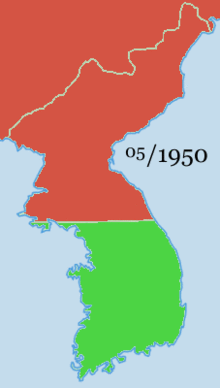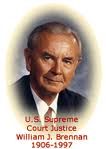This is your morning Open Thread. Pour your favorite beverage and review the past and comment on the future.
Find the past “On This Day in History” here.
Click on images to enlarge.
July 1 is the 182nd day of the year (183rd in leap years) in the Gregorian calendar. There are 183 days remaining until the end of the year. The end of this day marks the halfway point of a leap year. It also falls on the same day of the week as New Year’s Day in a leap year.
On this day in 1997, Hong Kong returned to China.
At midnight on July 1, 1997, Hong Kong reverts back to Chinese rule in a ceremony attended by British Prime Minister Tony Blair, Prince Charles of Wales, Chinese President Jiang Zemin, and U.S. Secretary of State Madeleine Albright. A few thousand Hong Kongers protested the turnover, which was otherwise celebratory and peaceful.
Hong Kong is one of two special administrative regions (SARs) of the People’s Republic of China (PRC), the other being Macau. A city-state situated on China’s south coast and enclosed by the Pearl River Delta and South China Sea, it is renowned for its expansive skyline and deep natural harbour. With a land mass of 1,104 km2 (426 sq mi) and a population of seven million people, Hong Kong is one of the most densely populated areas in the world. Hong Kong’s population is 95 percent ethnic Chinese and 5 percent from other groups. Hong Kong’s Han Chinese majority originate mainly from the cities of Guangzhou and Taishan in the neighbouring Guangdong province.
Hong Kong became a colony of the British Empire after the First Opium War (1839-42). Originally confined to Hong Kong Island, the colony’s boundaries were extended in stages to the Kowloon Peninsula and the New Territories by 1898. It was occupied by Japan during the Pacific War, after which the British resumed control until 1997, when the PRC acquired sovereignty. The region espoused minimum government intervention under the ethos of positive non-interventionism during the colonial era. The time period greatly influenced the current culture of Hong Kong, often described as “East meets West”, and the educational system, which used to loosely follow the system in England until reforms implemented in 2009.
Under the principle of “one country, two systems”, Hong Kong has a different political system from mainland China. Hong Kong’s independent judiciary functions under the common law framework. The Basic Law of Hong Kong, its constitutional document, which stipulates that Hong Kong shall have a “high degree of autonomy” in all matters except foreign relations and military defence, governs its political system. Although it has a burgeoning multi-party system, a small-circle electorate controls half of its legislature. An 800-person Election Committee selects the Chief Executive of Hong Kong, the head of government.
As one of the world’s leading international financial centres, Hong Kong has a major capitalist service economy characterised by low taxation and free trade, and the currency, Hong Kong dollar, is the ninth most traded currency in the world. The lack of space caused demand for denser constructions, which developed the city to a centre for modern architecture and the world’s most vertical city. The dense space also led to a highly developed transportation network with public transport travelling rate exceeding 90 percent, the highest in the world. Hong Kong has numerous high international rankings in various aspects. For instance, its economic freedom, financial and economic competitiveness, quality of life, corruption perception, Human Development Index, etc., are all ranked highly.

 On this day in 1986, the
On this day in 1986, the 

 On this day in 1919,
On this day in 1919, 


 On this day in 1957, the U.S. Supreme Court rules that obscenity is not protected by the First Amendment.
On this day in 1957, the U.S. Supreme Court rules that obscenity is not protected by the First Amendment.
 On this day in 1944,
On this day in 1944, 

